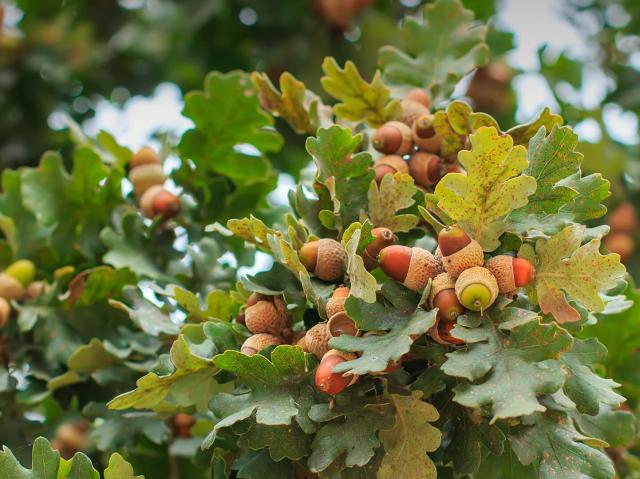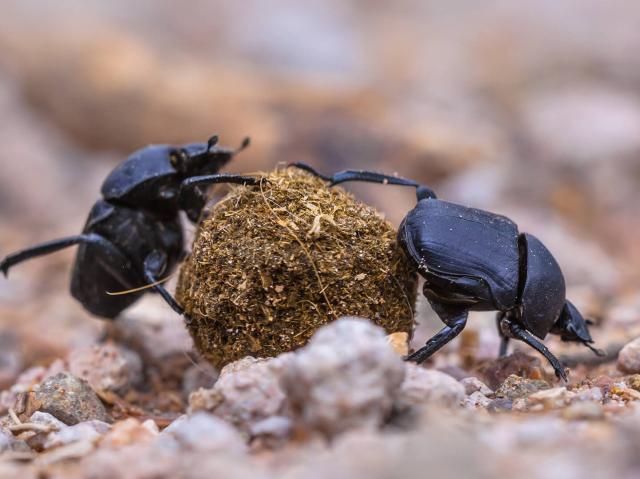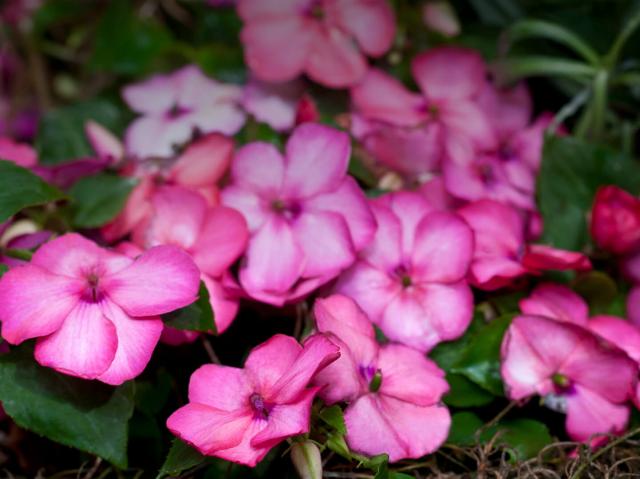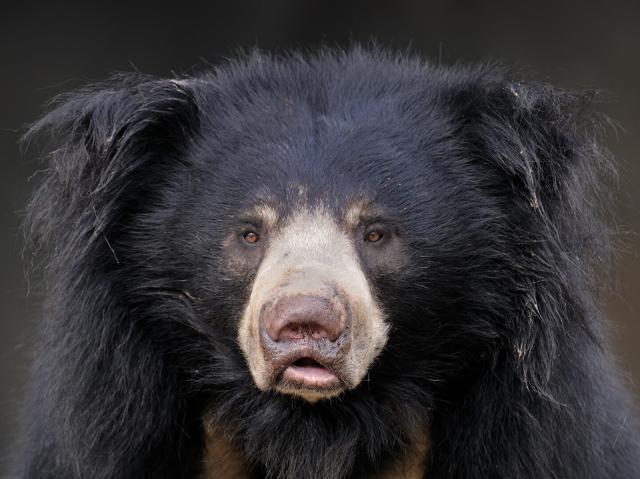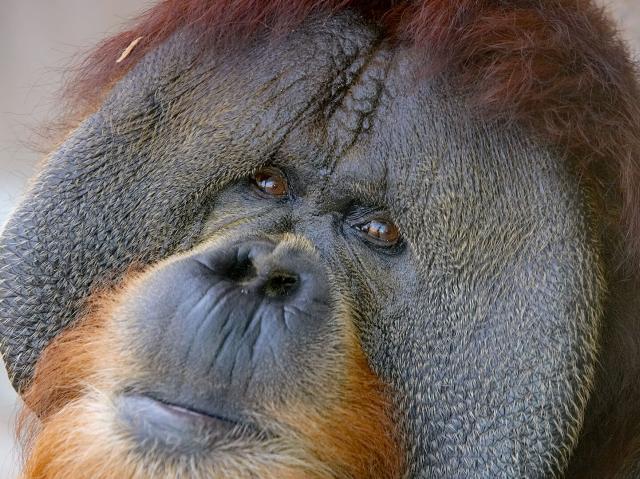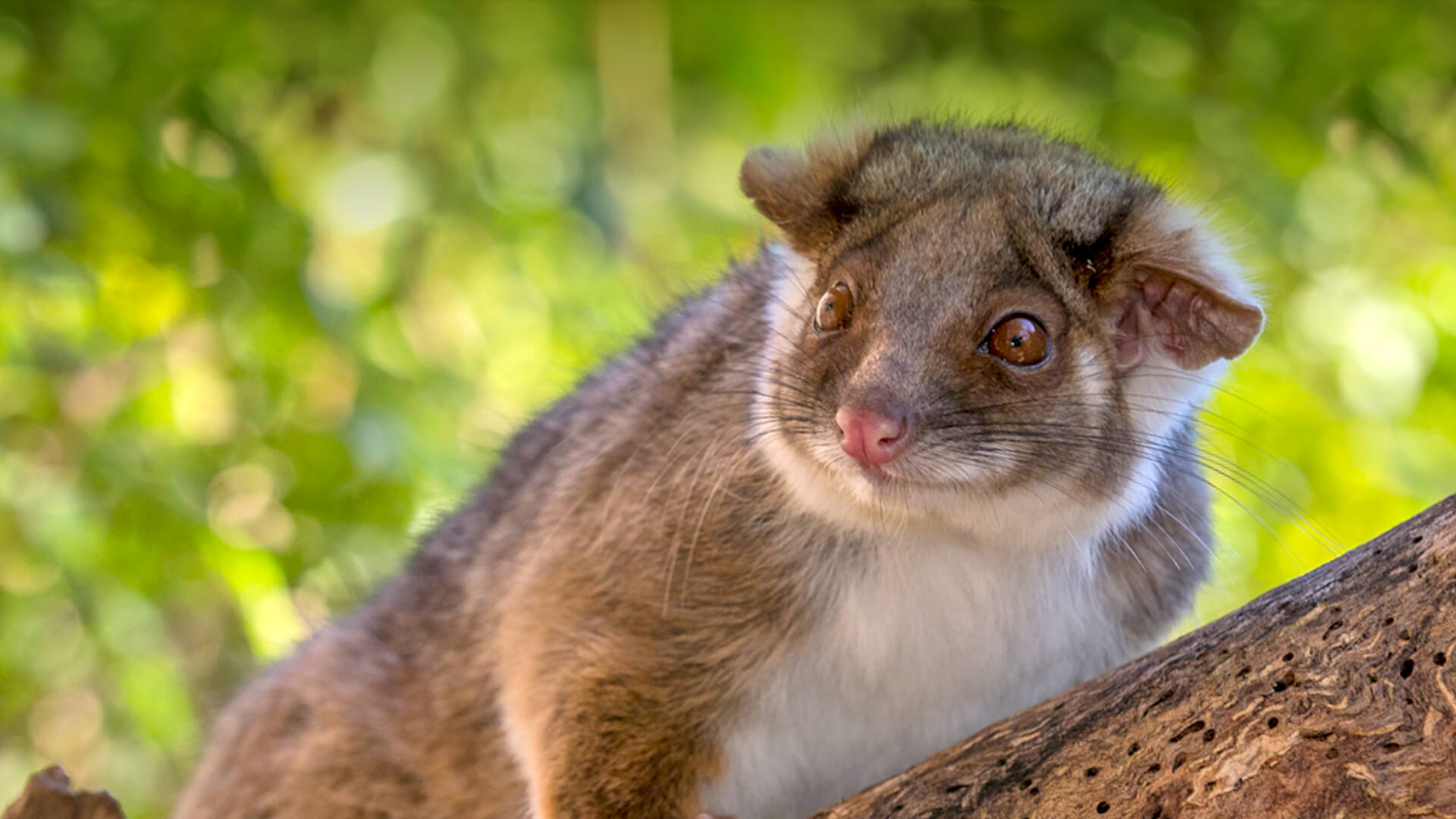
Ringtail Possum

- CLASS: Mammalia (Mammals)
- ORDER: Diprotodontia
- FAMILY: Pseudocheiridae
- GENUS: Pseudocheirus
- SPECIES: peregrinus

ABOUT

Let's go camping! Could you imagine spending most of your life in a tree house with your family? The common ringtail possum does exactly that! Strictly nocturnal, this marsupial spends little time on the ground and lots of time with its family. Ringtail possums are one of Australia's most commonly encountered marsupials.
Common ringtail possums have gray fur with white patches behind the eyes and usually a cream-colored belly. They have a long, prehensile tail that normally displays a distinctive white tip over a quarter of its length. The tail is used like a fifth limb to carry nesting materials and to grip branches when climbing. The back feet are syndactyl (meaning there are two or more digits that are fused together), which helps ringtails climb. Their molars have sharp and pointed tips.
SaveSave
SaveSave
HABITAT AND DIET

Native to Australia, common ringtail possums are found in rainforests, shrubby woodlands, eucalypt forests, and coastal shrub habitats. They are often at home in suburban gardens, too!
Common ringtail possums live an outgoing lifestyle that centers on a communal nest, called a drey, built in tree branches or tree hollows. The nest is made from grass and shredded bark, and is about the size of a soccer ball. This nest is home to an adult male with one or two adult females and their dependent or immature offspring of the previous years. It’s like one big, happy family! During the day, the ringtail possum family sleeps in its spherical nest. They use their tail to carry nesting materials and to grip branches when climbing.
The common ringtail possum prefers to feed on eucalyptus leaves and has the densest populations in areas where these trees are found. However, ringtail possums will also eat flowers, fruits, and leaves from other trees and shrubs lower in the rainforest canopy. When foraging, ringtail possums prefer young leaves. No leftovers for them—ringtail possums like only the freshest food!
At the San Diego Zoo, the ringtails are offered eucalyptus browse and flowers, carrots, yams, waxmoth larvae, sprouted seeds, dry dog kibble, shelled almonds, and hard-boiled eggs.
FAMILY LIFE
The mother ringtail has a pouch that is well developed with a forward opening and four nipples, but usually only the posterior pair is functional. Each newborn ringtail attaches to a nipple for 42 to 49 days and continues to stay in the pouch until about four months old. The usual litter is two, but one baby is common, and three and four in a litter have been recorded.
Young ringtails are first able to vocalize and open their eyes between three and four months of age. They leave their mother's pouch at four to five months old. However, she usually continues to nurse her young until six to seven months after birth. While the mother is eating, the father carries the young on his back and cares for them. Both sexes become sexually mature at about one year.
Ringtail possums are generally quiet. Occasionally, they use a soft, high-pitched twittering chirrup or a chattering alarm call and make harsh grunts when fighting. The young sometimes make a repetitive shrill chirruping call, which is almost bird-like.
Most possums make loud screaming and screeching calls when attacked or handled. Male possums mark their territory by coating tree branches with a scent released from the glands on their chest.
Cats, dogs and foxes are the most common threats to ringtails. Large birds can also take young ringtails. To protect themselves, ringtail possums use their sharp claws and teeth. Sheltering inside tree hollows offers protection from most predators, too.
CONSERVATION
Common ringtail possums are particularly affected by deforestation in Australia. They are also hit by cars, or killed by cats and dogs in suburban areas. Ringtail possums do not use homes or other human-built structures as nests, and so are not considered pests.
All native wildlife in Australia is protected under Australia’s Wildlife Act 1975. This protection follows community expectations that place the responsibility on Australians to look after their native wildlife. Keeping cats and dogs indoors after dark helps reduce the horrific injuries often suffered by possums. Planting a variety of native vegetation, such as eucalypts, bottlebrushes, tea trees, banksias, grevilleas, and wattles ensures native wildlife has plenty of natural foods to eat. Using wildlife-safe fertilizers and pest controls is also important, and residents are encouraged to cover chimneys with chicken wire to prevent possums from falling in and becoming trapped.
By supporting San Diego Zoo Wildlife Alliance, you are our ally in saving and protecting wildlife worldwide.
LIFE SPAN
4 to 5 years; longer in zoos
YOUNG
Number of young at birth: 1 to 2
Weight at birth: .03 ounces (Less than 1 gram)
Age of maturity: 13 to 18 months
SIZE
Length: 12 to 14 inches (30 to 35 centimeters), from head to rump
Weight: Up to 2.2 pounds (1 kilogram)
FUN FACTS
The common ringtail possum is the only possum species known in which the male helps to care for the young.
Sometimes people mistake black rats for common ringtail possums.



